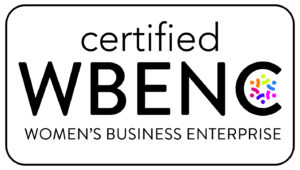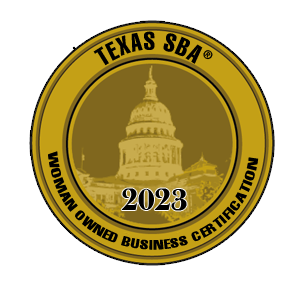I-9 COMPLIANCE: EMPLOYERS NEED "HIRE" EDUCATION
Terrorism's far-reaching
effects can be seen in the hiring process. Many managers may be wary of hiring
individuals who are, or appear to be, Middle Eastern, and take extra care in
verifying their employment eligibility under the Immigration Reform and Control
Act. But this extra care is exactly the type of behavior that can get you into
trouble.
Late last year, the Department
of Justice hit one company with over $174,000 in penalties after it uncovered
discriminatory documentation practices during the hiring process. The problem:
U.S. citizens who were believed to look or sound "foreign," and lawful work-authorized
immigrants, were subjected to greater scrutiny during the employment verification
process than individuals who appeared to be U.S. citizens.
Consistency is key. By
making 1-9 completion uniform for all new hires, you can prevent the perception
of discrimination.
- You may not ask to verify
employees' documents until they have been hired. Then, you must verify the
documents by no later than the third day of employment. If they cannot come
up with the appropriate forms, you are required by law to terminate employment.
If the employee presents a receipt for a replacement document (in the case
of lost, stolen, or destroyed documents) within those three days, he/she must
produce the actual document within 90 days of the date employment begins.
- Give everyone a copy
of the list of allowable documents from Form I-9. Do not ask individuals to
show specific documents.
- Do not make further
inquiries about employment eligibility based on an individual's appearance
or accent.
- If you copy the documents
of some individuals, you must copy the documents of all new hires. (Keep in
mind that you are not required to make copies at all. But if you do, you must
do so consistently.) Copying documents can help show that you had a reasonable
belief that they were acceptable. But, of course, it could work against you
if the documents have obviously been forged or tampered with. You don't have
to become a documents expert -- the documents just need to reasonably appear
to be genuine looking.
CLEANING UP AN I-9 MESS
While you may be an expert
with I-9 issues, what if your predecessor was not? Take a look at your I-9 files
if you haven't in a while. You may be surprised by what is -- or is not -- in
there. If you've inherited an I-9 mess, you must make a good-faith effort to
correct the documentation if you want to avoid government fines. Take these
steps.
- Send a memo alerting
employees of the need to fill out new I-9 forms. Explain what the process
is, what they need to do, and by when. Save this memo as a sign of your good-faith
effort.
- To quell potential employee
complaints, emphasize that this is a legal requirement and that non-compliance
could result in fines for the company. You may also want to consider having
forms available to help employees who don't have their documents handy (e.g.,
forms for replacing a lost Social Security card).
- Once you confirm the
new documentation, sign and date the form with the *current* date. Make a
notation that the incorrect form was discovered and corrected.
- File I-9 forms separately
from general employee personnel files. There are two main reasons to do this.
1) The I-9 forms contain information related to employees' national origin
and citizenship status. The fewer people who have access to it, the less chance
your company can be accused of basing an adverse employment action on these
protected characteristics. 2) If the US Citizenship and Immigration Services (USCIS) under Dept of Homeland Security ever comes a-knockin', the audit will go much more smoothly. And you
can keep their eyes off employees' other personal information.
- When an employee terminates,
calculate the later of three years after the date of hire or one year after
termination, and write that date at the top of his/her I-9 form. Then, you
can easily pull files to be shredded at the appropriate time.
|




